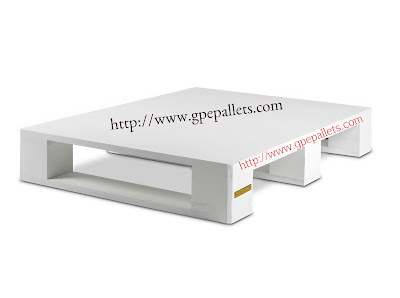Composite production boards made
of different types of pallets are playing critical roles in the furniture and
other household requirements. The
increased interest of modern man in composite production boards is caused as a
result of its attractive properties like excellent vibration resistance, high
mechanical stability, resistance against water, good wear resistance etc.
 |
| Concrete Pallets for Blocks |
There are two types of Plastic Pallets for Concrete Blocks that are generally used for
making composite production boards.
They are generally known as Standard production boards and PRO
production boards. Each side of The PRO
production boards have semi-smooth surfaces on laminated fibre layers. These
semi smooth surfaces give high wear resistance capacity to these boards. In the
case of Standard production boards, resistible shuttering film is used to make
the surfaces wear resistant. The stiffness of the production boards is
increased and deflections of the boards are avoided as a result of fusion of
these composite pallets for production boards.
To avoid moisture absorption and the consequent delimitation, the saw
cut sides of the Block Machine Plastic Pallets are coated.
 |
| Block Machine Pallets |
Composite pallets are made up of Hardwood fibres taken from Asian
Plantation. Plantations along the South-East Asia are the location from where
Asian Hardwood fibre is obtained. These composite pallets are made waterproof
by treating it with a suitable waterproof resin. The composite pallets are made
by pressing accompanied by heating processes which are carried out in fully
automated and well calibrated machines. The ratio at which the Hardwood Fibre and Industrial Grade Resin are mixed is decided after extensive research and
experimentation. The Block Machine Plastic Pallets so produced are correctly
machined according to the customer requirements in a more attractive manner with
the help of specially designed machines so that the composite pallets look more
attractive and technologically advanced.
No comments:
Post a Comment